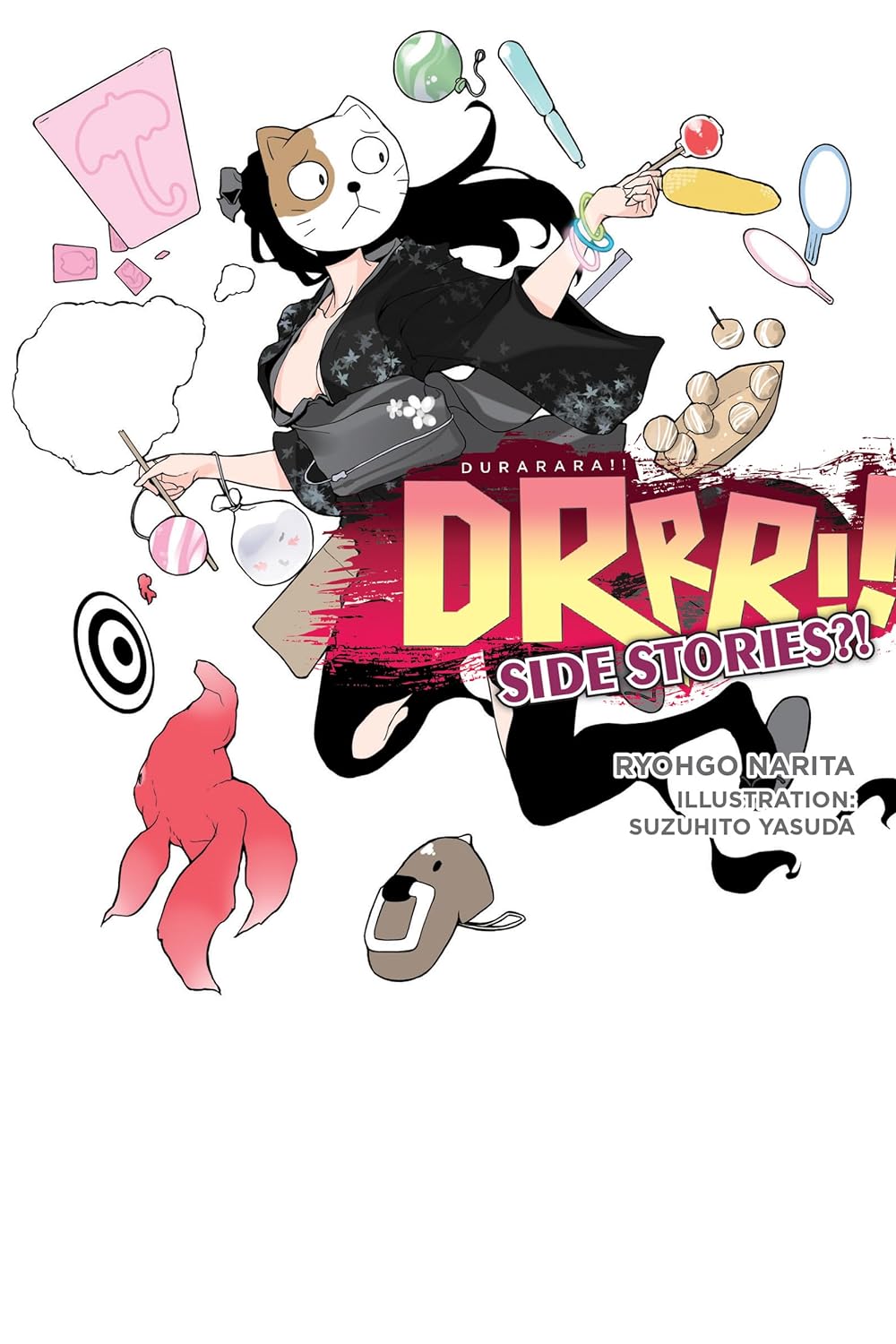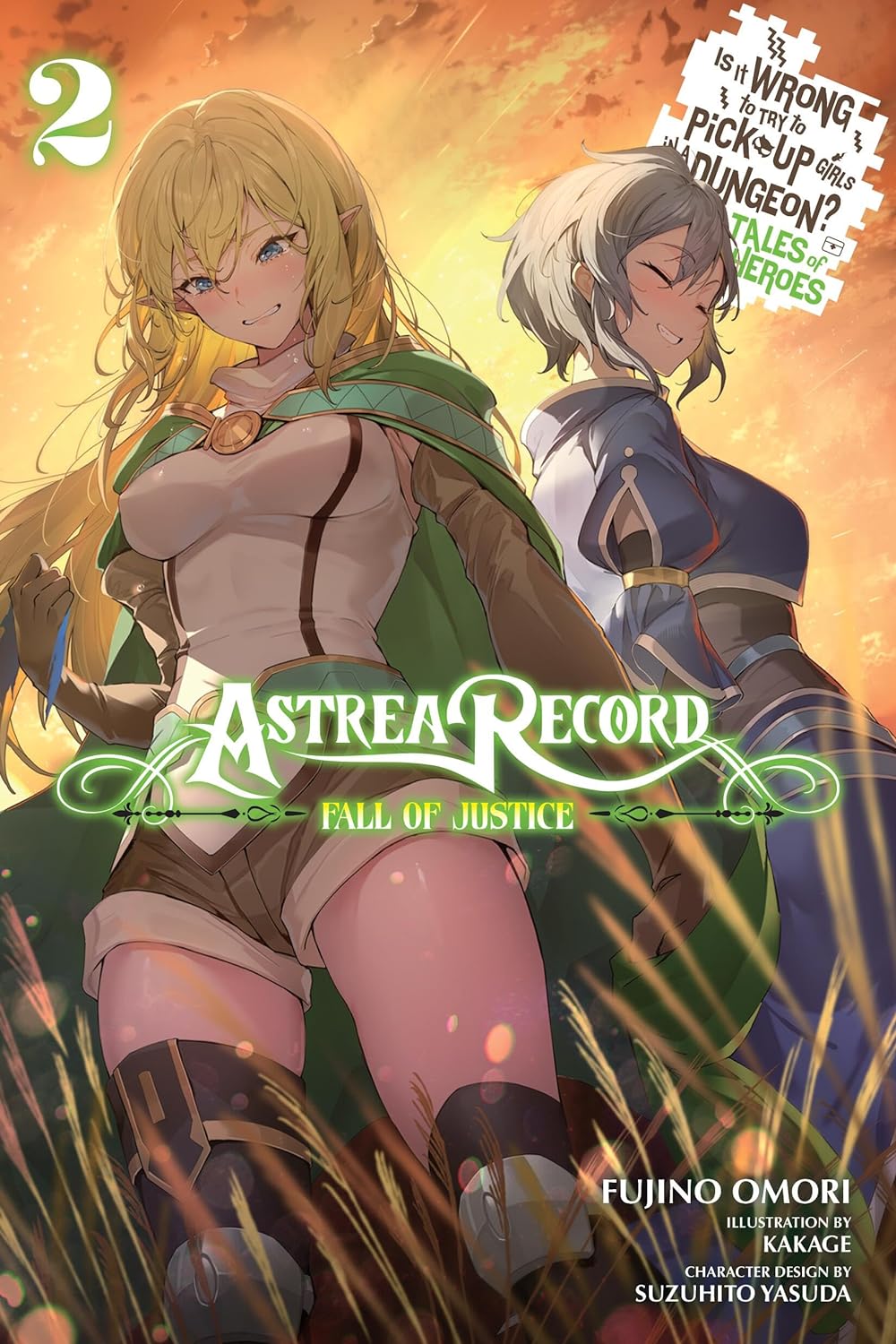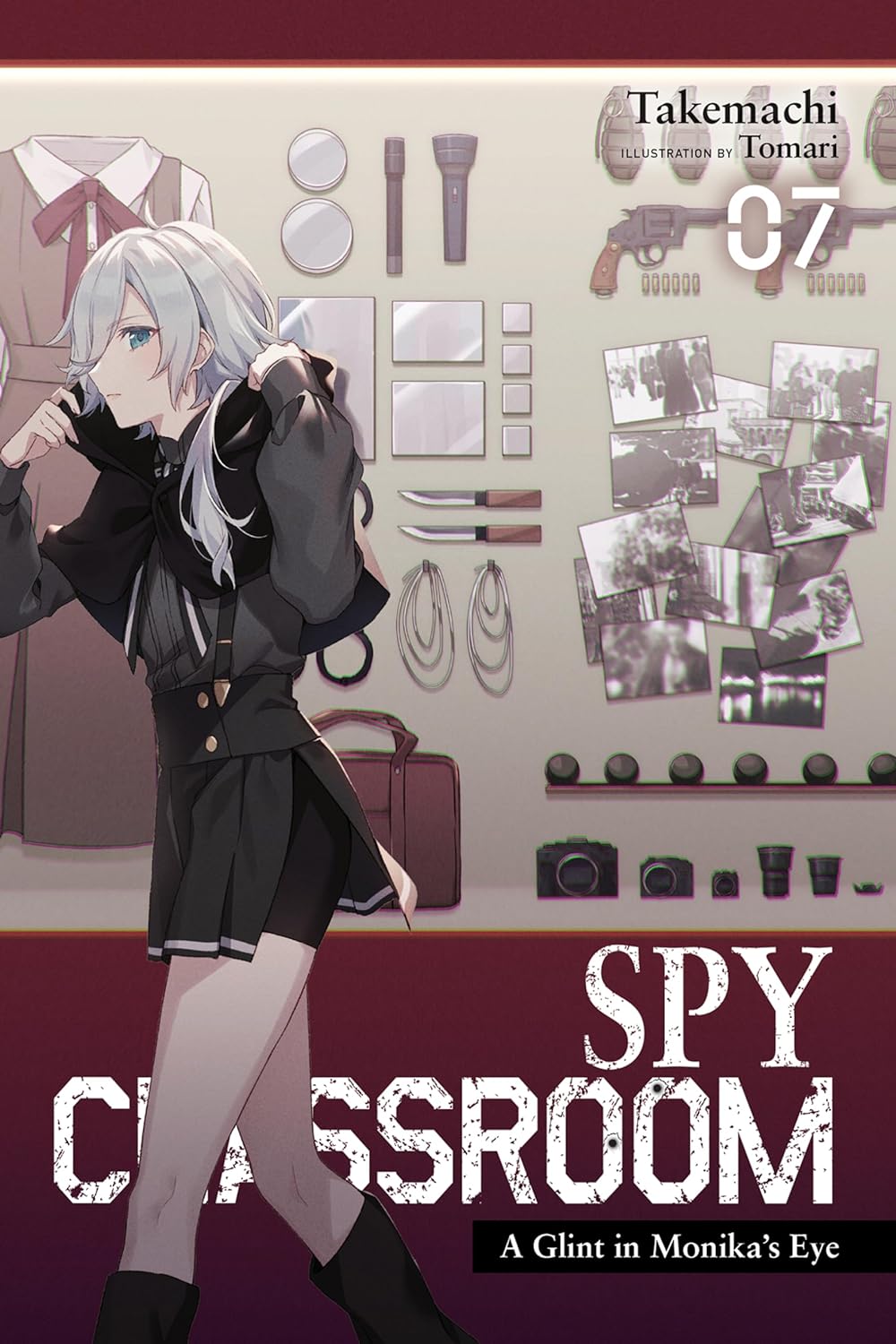By Ryohgo Narita and Suzuhito Yasuda. Released in Japan by Dengeki Bunko. Released in North America by Yen On. Translated by Stephen Paul.
Even more than the Index SS volumes, I’m surprised that this is coming out over here at all. With Index, at least, you can argue that the SS books genuinely affect the plot of future novels. This one is a collection mostly of stories that ran in one or more of Dengeki’s 87 million tie-in magazines, and half the book is a tie-in to either a Japanese video service or a Narita series that has not been licensed over here and likely will never be unless it gets an anime. That said… it’s still a fun volume, because this is Durarara!!, and it’s ridiculous, and I’m just happy to spend more time with these idiots. There are no short stories in here that made me annoyed, though I will note that two of them do accidentally feature the same sort of thing. As for Vamp!… yeah, can’t do anything about that. Hope that Vamp! gets an anime.
The stories: 1) While eating the hot pot as seen in the main novels, we get “what were Mikado and Masaomi like as kids?”, “how did Anri and Mika become twisted friends?”, and “how did Shizuo and Tom meet?”. 2) A goon decides to impersonate Shizuo, a decision so hilariously awful that the rest of the story coasts by on “watch him suffer”. 3) Some quick hit short-shorts starring Celty. 4) We hear about the coming-of-age ceremony of Shizuo, Izaya, Kadota and Shinra. You can imagine how well it goes. 5) A desperate Erika tries to get Celty to become a Niconico streaming star, as Erika is in a war with a rival streamer. The identity of this rival may surprise you. Or not. 6) In a crossover with Vamp!, an unnamed succubus comes to Japan to feed off the desires of victims, but quickly realizes that everyone in this series is dangerously unhinged.
There are, honestly, two short stories here that are head and shoulders above the others, and unsurprisingly they’re the two that feature information that we really should have gotten in the main series. Mika and Anri’s meeting and subsequent friendship is not only driven by Mika’s supposed “need to have someone around to make her look better”, but also the culture of high school bullying in Japan, and she’s fantastic in it. (Speaking of Mika, the succubus chapter points out that while she’s obsessed with Seiji, there is zero sexual desire involved.) The other really good story is Shizuo meeting Tom, who right away is absolutely the best thing that’s ever happened to him. Elsewhere, the fake Shizuo story was very silly and dumb, though I liked seeing Vorona again. The succubus story (I don’t think she’s a cast regular in Vamp!) mostly serves to show off how bonkers Walker is. And there’s honestly too much Erika here. Finally, the book’s surrounding interstitial material is basically “Shinra and Celty are adorable”, which we already know.
DRRR!! fans should feel happy reading this, and are now doubt asking Yen about Vamp! as we speak. It’s a nice look back.


